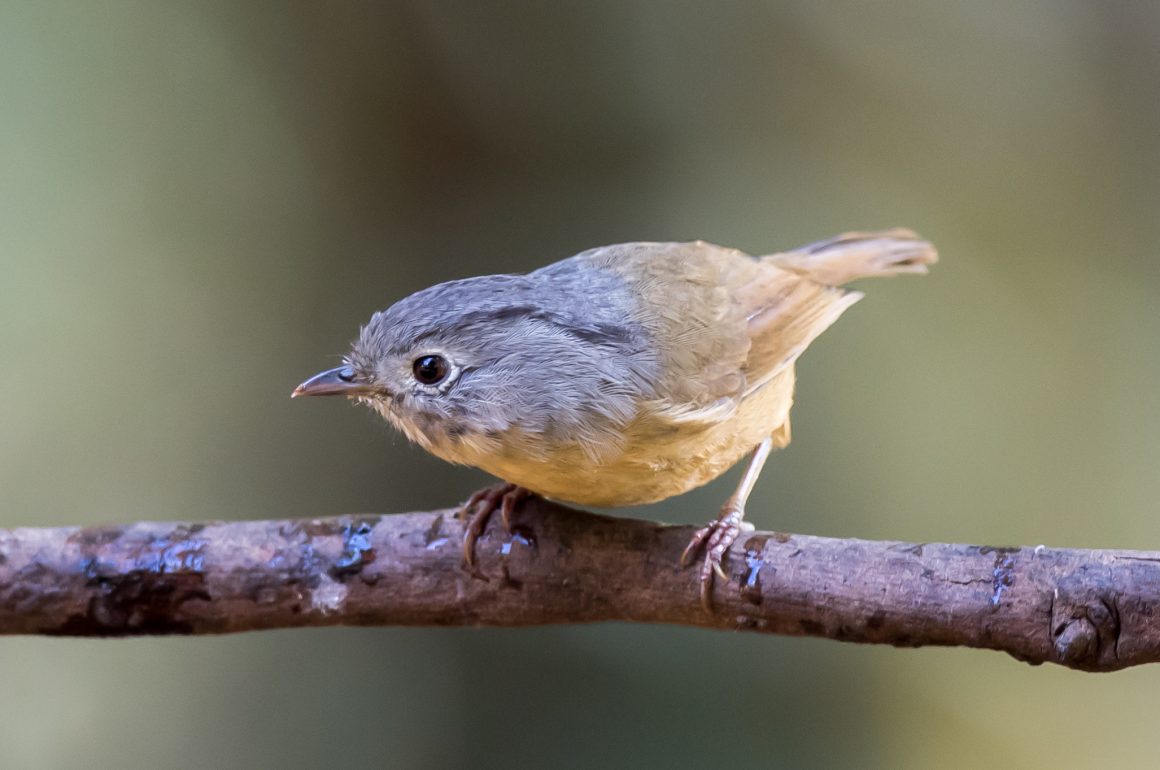
By Wenyi Zhou
Wenyi is a graduate student at the University of Florida, studying how plantation forestry affects bird communities in southwestern China. He became interested in birding in 2015 after encountering his spark bird—the Steller’s Jay.
Birds form flocks—sometimes with members of their own species and sometimes with completely different ones. If you’ve birded in the tropics, you’ve probably seen this firsthand. In the Neotropics, for example, it’s common to find antshrikes, antwrens, woodcreepers, and foliage-gleaners foraging together. These birds move through the dense understory in coordinated groups, connecting with each other through constant contact calls. To me, watching mixed-species flocks is always the best part of birding. But it raises an interesting question: Why do different species flock together?
The short answer comes down to two things: foraging efficiency and predator avoidance. First, when flocking with others, birds can learn and share the location of food resources through “social learning” (Krebs 1973). This process helps individuals locate food patches more effectively. At the same time, having others around means more eyes watching out for danger (the “many-eyes effect”; Ale & Brown 2007) and reduces the likelihood that any one bird will be caught by a predator (the “dilution effect”; Foster & Treherne 1981). These foraging and anti-predation advantages go hand in hand: the less time a bird spends scanning for danger, the more time it has to feed.
But why join a mixed-species flock instead of sticking with your own kind? Don’t the concepts above apply to single-species flocks as well? Yes, but it turns out that mixed-species flocks can offer foraging and anti-predation benefits in more specialized ways.
In terms of foraging, certain mixed-species flock species act as “beaters”: They stir up insects or other prey as they forage, which other flock members can then snatch up (Swynnerton 1915). While traveling in Madagascar last summer, I encountered a group of White-breasted Mesites (Mesitornis variegatus) turning over leaf litter on the forest floor. Following them was a Crested Drongo (Dicrurus forficatus), sallying out to catch prey flushed by the mesites. In this two-species association, the aerial forager (drongo) is taking advantage of the foraging movement of the ground forager (mesite). It’s a classic example of the beater-sallier dynamic, where one species creates foraging opportunities for another.
And when it comes to avoiding predators, mixed-species flocks often include species that are very good at detecting predators and sounding off alarms (Goodale & Kotagama 2008). These are particularly vigilant birds that give early warning calls when they detect danger. In southwest China, for example, the Yunnan Fulvetta (Alcippe fratercula, see cover photo) often plays this role in mixed-species flocks. Its alarm-calling ability makes other flock participants feel safe. When I approach a flock, the fulvetta is usually the first to sound the alarm, alerting all the other birds of my presence.
The next time you see a mixed-species flock, take a moment to watch what each bird is doing. Is it leading the movement? Acting as a beater? Giving alarm calls? These flocks are more than just random groups of birds. Instead, they’re dynamic and cooperative networks, with each member playing an important role.
References:
- Ale, S., & Brown, J. (2007). The contingencies of group size and vigilance. Evolutionary Ecology Research, 9(8), 1263-1276.
- Foster, W., & Treherne, J. (1981). Evidence for the dilution effect in the selfish herd from fish predation on a marine insect. Nature, 293(5832).
- Goodale, E., & Kotagama, S. W. (2008). Response to conspecific and heterospecific alarm calls in mixed-species bird flocks of a Sri Lankan rainforest. Behavioral Ecology, 19(4), 887-894.
- Krebs, J. R. (1973). Social learning and the significance of mixed-species flocks of chickadees (Parus spp.). Canadian Journal of Zoology, 51(12), 1275-1288.
- Swynnerton, C. (1915). Mixed Bird parties. Ibis, 57(2), 346-354.


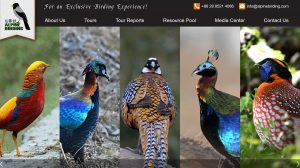
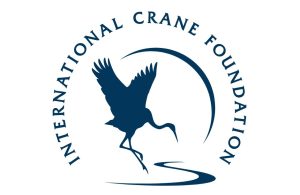



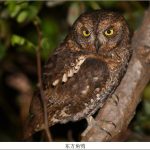

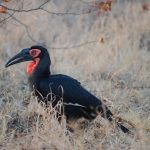
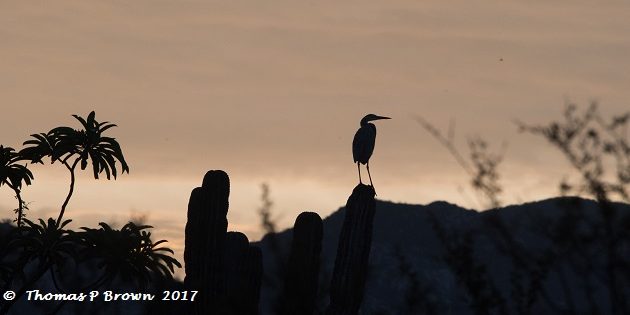
Leave a Comment